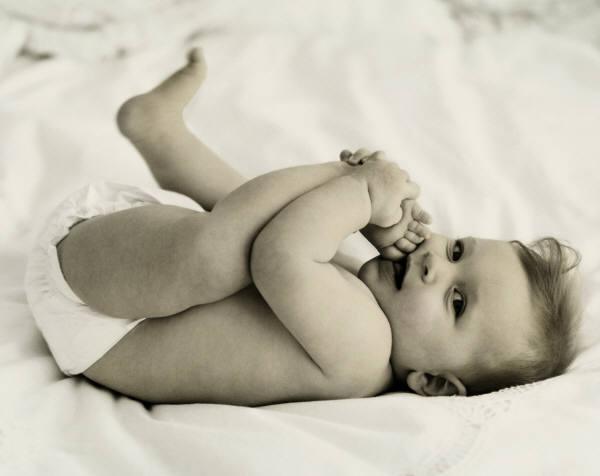A-Ma Temple is Macau's oldest Chinese temple, dedicated to the goddess of seafarers. According to legend, a poor village girl sought free passage on a boat but was refused until a small fishing boat came along and took her onboard. Once the boat was at sea, a typhoon blew in, destroying all boats except hers. Upon landing at what is now Barra Hill, the young girl revealed herself as A-Ma, and the fishermen repaid their gratitude by building this temple on the spot where they came ashore. When the Portuguese arrived, they named the city A-Ma-Gao (Bay of A-Ma) after this temple, now shortened, of course, to Macau. It consists of prayer halls, pavilions and courtyards built into the boulder-strewn hill and connected by winding paths through moon gates and tiny gardens.


In 1874, the Portuguese built a Moorish Barracks on the slopes of Barra Hill, opposite a demolished barrier, garrisoned by Indian soldiers. The two-storey brick and stone neo-classical structure with exotic Moorish influences now serves as the headquarters of the Macau Maritime Administration and are not open to the public.

Lilau Square, inhabited by most Portuguese residents in earlier ages, retains traditional Portuguese construction and art deco design. The square is characterized by two banyan trees over a hundred years old, as well as Portuguese residential quarters with a typically Mediterranean atmosphere.

A few steps away from Lilau Square are the Mandarin House and St. Lawrence's Church. Built in 1881, the Mandarin's House is a traditional 4,000 square-meter Chinese-style compound made up of several courtyard houses featuring a mix of Chinese and Western detailing. The Mandarin House was the residence of prominent Chinese literary figure Zheng Guanying who promoted major historic changes in China. It was undergoing renovation, and closed to visitors when we were there.
St. Lawrence's Church is also known as Feng Shun Tang or the Hall of the Soothing Winds, was built by the Jesuits in the mid-16th century. It commemorates St. Lawrence, the saint who was sentenced to death by a Roman governor for helping the poor people with communion funding. It overlooks the southern coast of Macau, and was the place where the families of Portuguese sailors used to gather to pray and await the safe return of their loved ones.

Established in 1728 and built in 1758, St. Joseph’s Seminary and Church, together with St. Paul's College, was the principal base for the missionary work undertaken in China, Japan and elsewhere in the region. This church, together with the Ruins of St. Paul's, is the only example of baroque architecture in China.

Nearby is the St. Augustine's Square, a traditional Portuguese-style streetscape surrounded by Dom Pedro V Theatre, St. Augustine's Church, and the Sir Robert Ho Tung Library.
Dom Pedro V Theatre was built in 1860 to commemorate King Dom Pedro V of Portugal, and features a ballroom, library and snooker room for the entertainment of the glitterati. The St. Augustine’s Church is a simple, neoclassical church of the 16th century. It was the first church to hold mass in English. Sir Robert Ho Tung Library, now a subunit of the Macau Central Library was established about 1894. In 1918, Hong Kong businessman Sir Robert Ho Tung bought the building and converted it into a splendid mansion. He died in 1955, bequeathing the building to the Macau Government as a public library. The library has a European appeal, and is set amid peaceful gardens.

Clockwise from top left: Dom Pedro V Theatre, St. Augustine's Church, Sir Robert Ho Tung Library, the street connecting these landmarks
The Leal Senado Building, regarded as the most outstanding example of Portuguese architecture in the territory, is located opposite the popular Senado Square, and serves as a municipal chamber today. A gallery occupies the ground floor and has hosted numerous exhibitions since its opening in 1985, while the public library on the first floor has a valuable literary collection spanning the 17th century to the 1950s.

One of the most famous squares in Macau is the classically constructed Senado Square. The square is paved with a wave-patterned mosaic of coloured stones, and is characterized by its famous fountain, and currently a celestial globe as used by pioneering Portuguese seamen can be seen in the middle of the fountain. The Square is a popular place for holding all sorts of cultural events. Senado Square also boasts a rich architectural tradition, with the nearby Sam Kai Vui Kun Temple, St. Dominic's Church and the Holy House of Mercy.

We had lunch at a restaurant near Senado Square, and we had excellent beef tripe noodles, fish slice porridge and wanton soup.








2 comments:
the wanton is to die for
Jazz - I find that in general, their dimsum and "expensive" restaurants are so-so only, we can find better ones back home. Or perhaps I don't know which one is good :-) But their street food (porridge, wantan noodles, roast goose, etc) are to die for.
Post a Comment